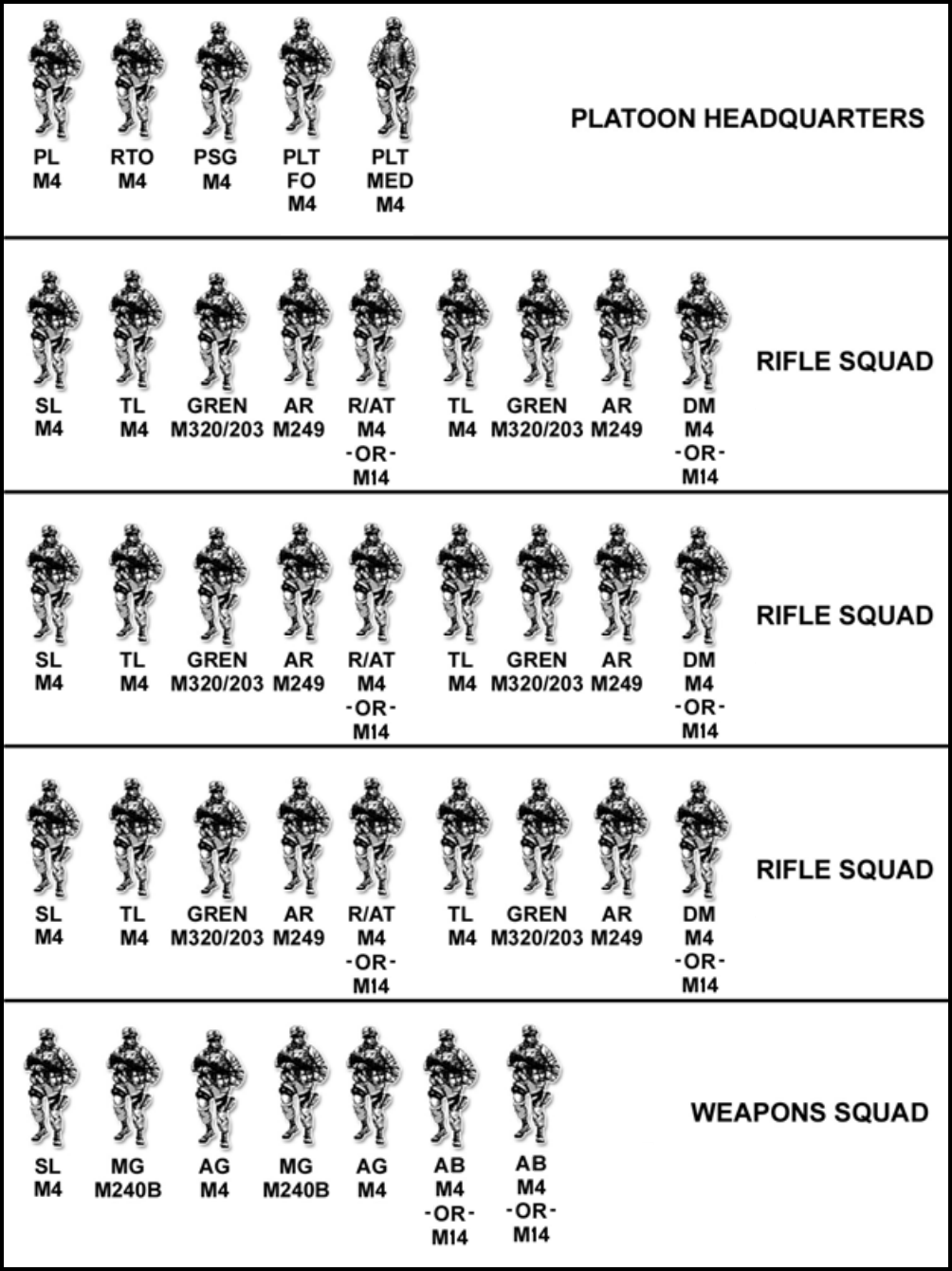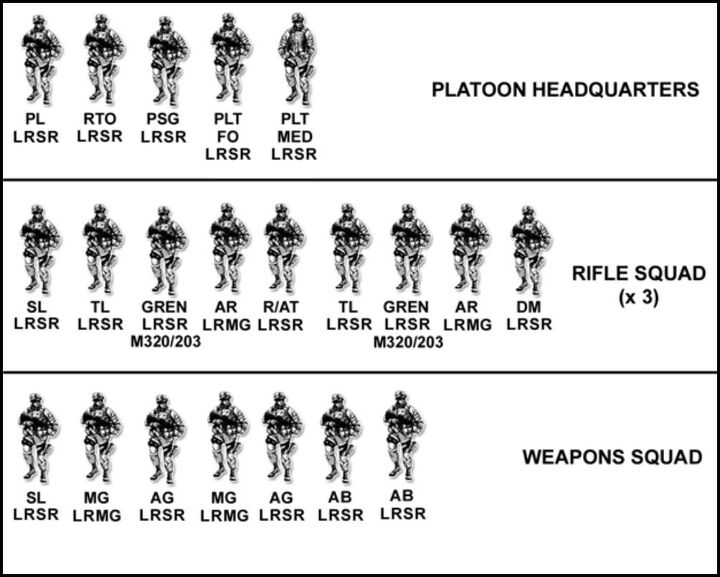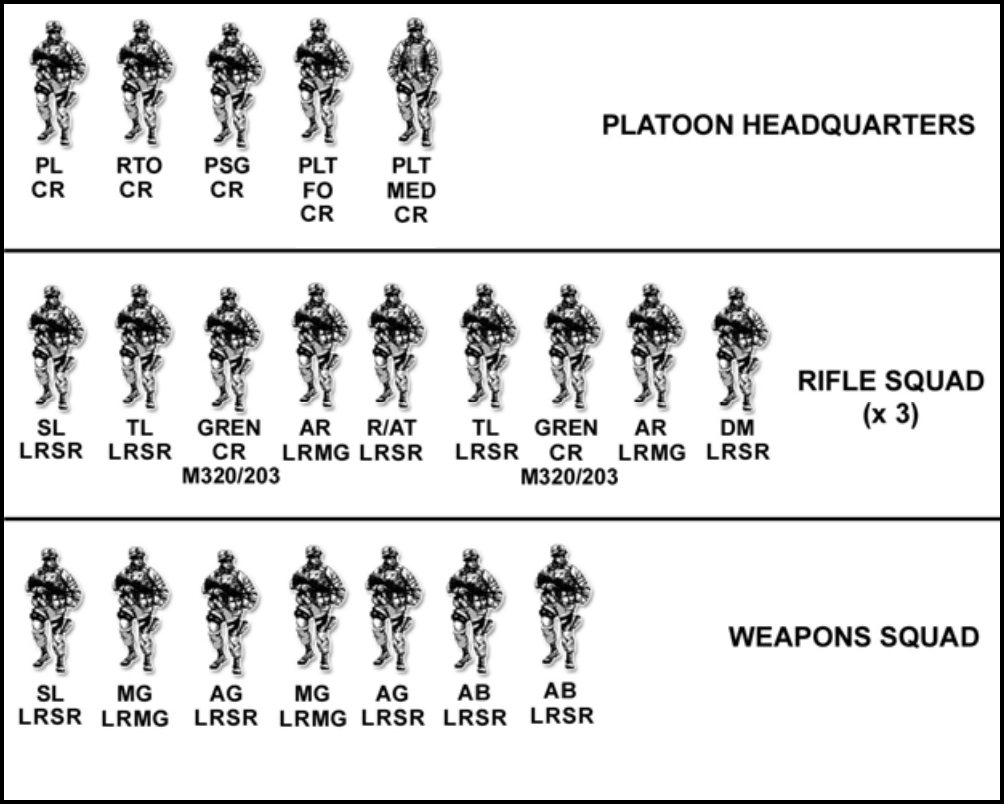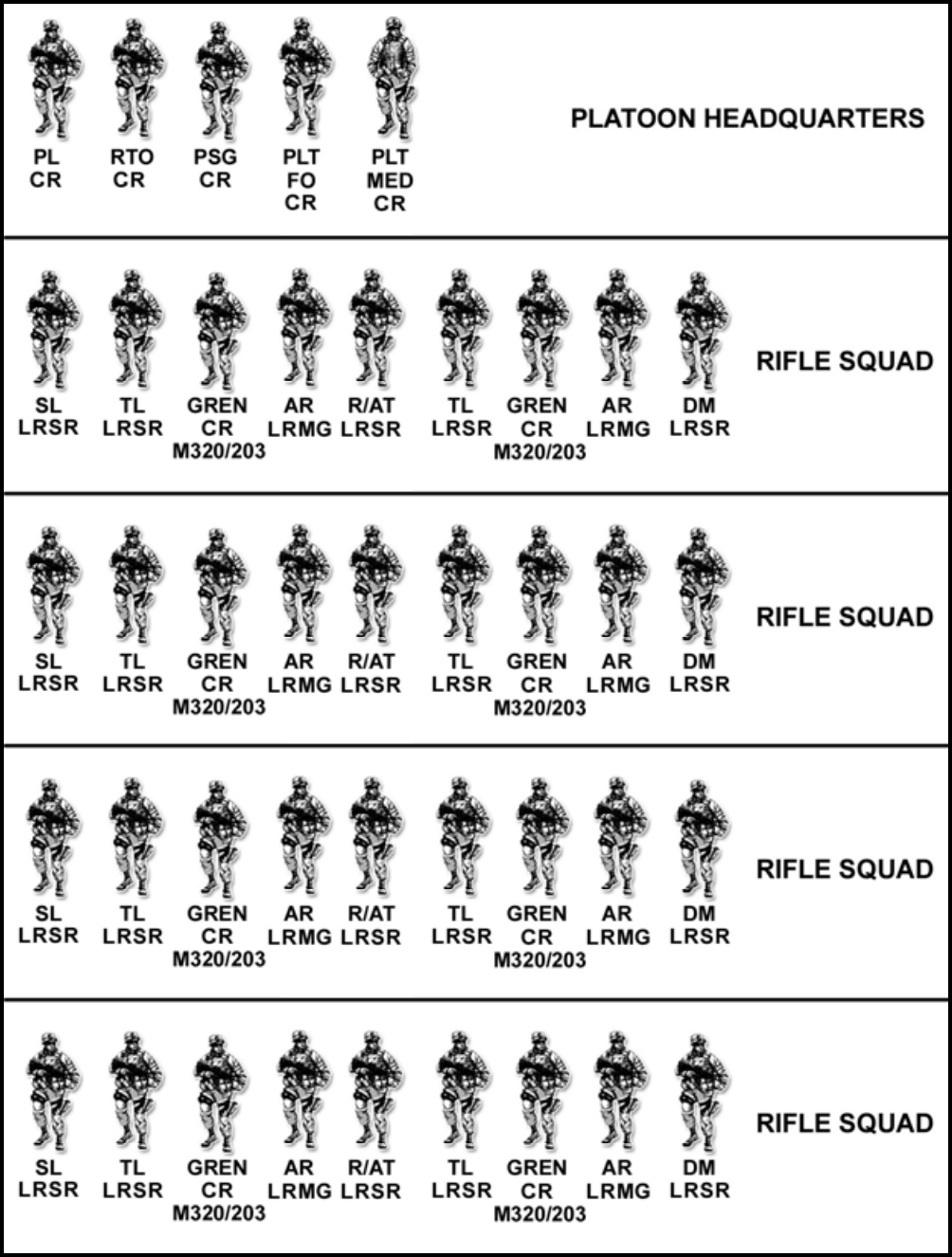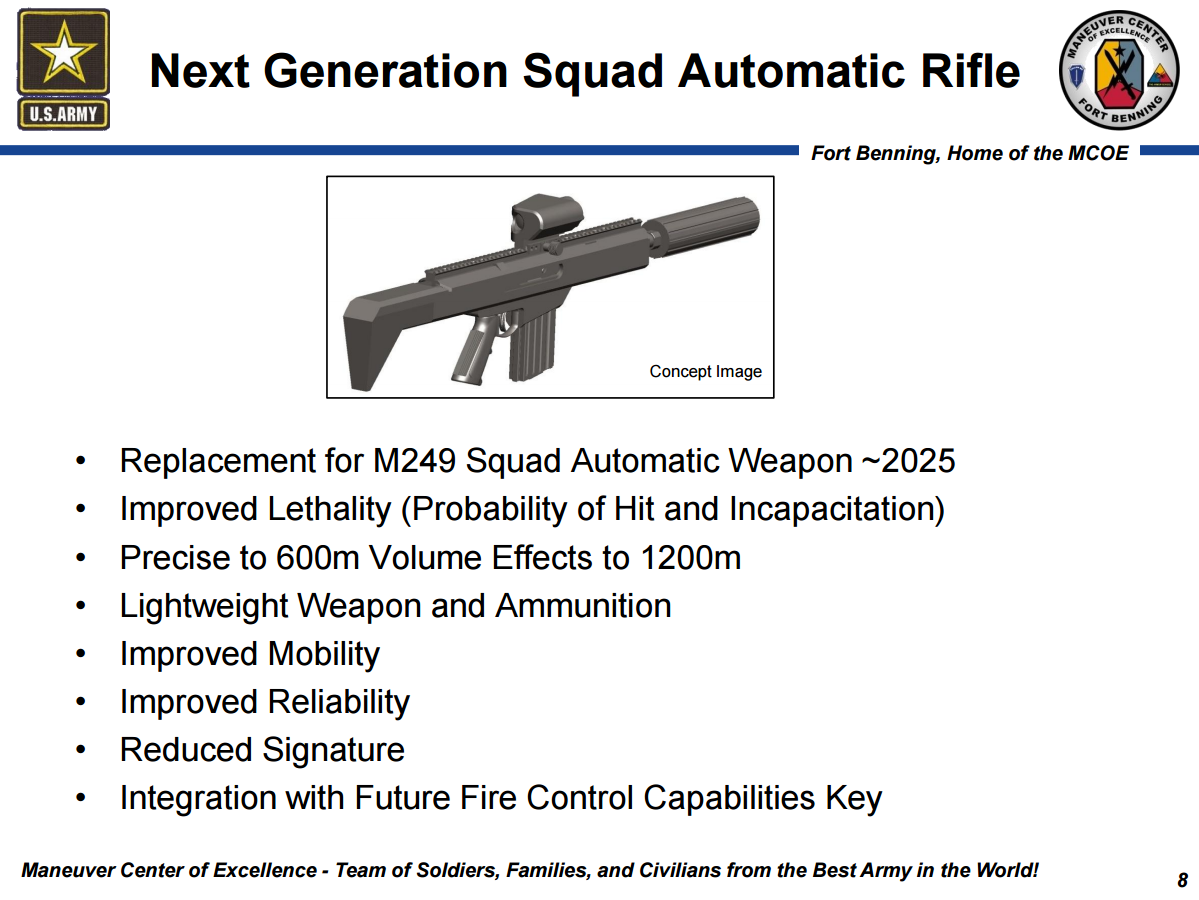In the first two parts of this article on a new long range infantry rifle paradigm, we painted a picture of what sort of weapons would be needed to maximize the infantry’s long-range capability, in theory allowing them to achieve “overmatch” versus enemy infantry armed with existing .22 and .30 caliber weapons. We created estimates for both the cost and weight of the infantry rifle, and we also examined the problem of training soldiers to maximize their capabilities with the new longer-ranged weapons.

A Norwegian soldier aims his HK416 rifle, equipped with telescopic sight and bipod, in Faryab, Afghanistan. March, 2010. Image source: commons.wikimedia.org
The end result of all this theory-making was a picture of a high-expenditure (perhaps we should instead call it “high-investment”) force that spends more dollars per man than before, but also theoretically achieves greater levels of firepower at ranges beyond 300 meters. Recognizing that cost is the biggest obstacle, let’s charge forward and assume that the rifles, equipment, and training all get paid for, the penalties in weight are accepted, and a new long-range sharpshooter infantry paradigm is created. Now the question becomes, how do you use it, and what sort of limitations does it have?
This question will be difficult to answer, and so I’m going to say that this post belongs firmly in the “speculation” bin, and doesn’t necessarily represent the reality of such a system even if it were actually adopted. Still, I hope to accurately represent some of the possibilities, advantages, and disadvantages of a system like this.
Since it was a point of confusion in the comments of the first article, I want to again mention that I am not an advocate of a system like this, but rather a critic of this and other similar ideas. Still, I think it is a valuable thought experiment to conduct, so here we are.
One final note before I get into the meat of it: I am primarily an ammunition guy, but in this article I will be diving into subjects like organization and tactics, which are not my area of expertise. If I make a mistake, please be patient with me! In particular, some of the sources regarding weapons and organization that I am using are over ten years old, and some things may have changed since they were written. I have tried to make adjustments where possible, but there may still be errors.
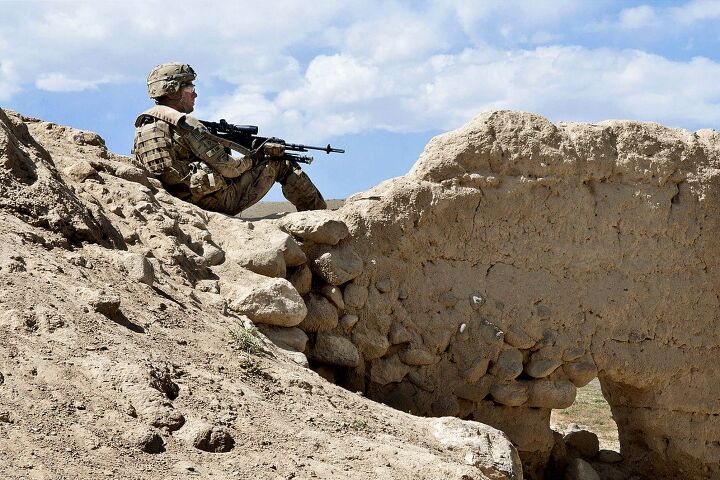
Sourced quote: “A paratrooper with the 82nd Airborne Division’s 1st Brigade Combat Team armed with an M-14 Enhanced Battle Rifle pulls security June 4, 2012, Ghazni Province, Afghanistan. His unit, 2nd Battalion, 504th Parachute Infantry Regiment, is conducting a three-day, clear-and-sweep operation in a remote mountain village suspected of being an insurgent stronghold. (U.S. Army photo by Sgt. Michael J. MacLeod)” From: commons.wikimedia.org
For the purposes of this article, we will focus on the US Army infantry rifle platoon, which is composed of the platoon headquarters, three rifle squads, and one weapons squad. In the platoon, the following weapons (excluding pistols, hand grenades, and mines) are carried:
23-31 M4 Carbines
6 M203 or M320 Grenade Launchers
6 M136 Lightweight Multipurpose Weapons (AT4s)
1 M3/M4 Multi-role Anti-armor Anti-tank Weapon System (Carl Gustav)
6 M141 Shoulder-launched Multipurpose Assault Weapons-Disposable (SMAW-D)
6 M249 Squad Automatic Weapons/Light Machine Guns
2 M240 General Purpose Machine Guns
0-8 M14 Enhanced Battle Rifles
Visually, this can be represented as:
A few comments on this organization: First, from what I understand, eight M14 EBRs in the platoon would be unusually high, and the usual number is more like three or four (three in the rifle squad and sometimes one in the weapons squad). Also, different editions of the relevant Army Field Manual (ATTP 3-21.9) disagree as to how many men are in the weapons squad. The most common number I’ve seen is seven, but I’ve also seen five men listed. Therefore, the eight possible M14s seem to more represent slots where a soldier might be armed with an EBR rather than an actual theoretical maximum number of M14s for the platoon. Finally, the heavy weapons (AT4, SMAW-D, CG) in the squad are usually carried by a rifleman (listed as “R/AT” in the chart), and it seems to be the case that only one of the three weapons is generally ever carried, although which kind of weapon is carried by a rifleman seems to be dictated by availability. Moving forward, this heavy weapon reportedly will increasingly be the venerable but extremely capable M3/M4 Carl Gustav.
We can see how a new long-range intermediate caliber rifle and machine gun system might change this organization, beginning with just a simple plug-n-play. I have abbreviated the rifle as “LRSR” (Long Range Sharpshooter Rifle) and the machine gun as “LRMG” (Long Range Machine Gun):
This new setup is suboptimal for a couple obvious reasons. The first is that there are many members in the platoon who are carrying weapons that are too large and heavy for their roles, those being the five members of the platoon HQ and the six grenadiers in the rifle squads. Taking the grenadiers first, the 13 pound loaded weight (established in Part 1) of the long range sharpshooter rifle becomes 15 pounds when mated to the 3 pound M203 grenade launcher (even with bipod and VFG left off – as they would have to be to mount the GL), which – again – adds weight to the front of the gun, resulting in an extremely poorly balanced and cumbersome weapon. Therefore, the grenadier would at the very least want a lighter variant of the LRSR, perhaps with a shorter, thinner barrel.
The members of the platoon HQ would also benefit from a less obtrusive weapon than the LRSR, as each has other, more important duties to perform than trigger pulling. Even a lightweight LRSR variant might be too large and heavy for the members of this section of the platoon, since the existing M4 Carbine is itself still fairly inconvenient to wear when performing important non-shooting tasks.
These 11 members of the platoon raise the question of whether an entirely separate secondary weapon is needed to complement the LRSR, or whether a cut down LRSR itself would be good enough to fill these roles. For the sake of moving forward, let’s call whatever this weapon might be a “Compact Rifle” (CR), regardless of whether it would be a variant of the LRSR or a new PDW. If we assume a swap for these positions, our table ends up looking like this:
Another reason this basic arrangement seems a little odd is that, with the replacement of both the M249 LMG and the M240 GPMG both with the LRMG, the weapons squad is not as strongly differentiated from the rifle squads. This raises the question of whether it would be better to simply have four rifle squads instead of three rifle squads and a weapons squad. While there are certainly worthwhile counter-arguments to this idea, it’s worth looking at that arrangement, too:
This new arrangement raises some questions itself: With almost a full third of the (now 41-man) platoon using the compact rifle, how does this affect the concept of a sharpshooter-centric infantry platoon? Indeed, the grenadiers and the headquarters are not the only elements of the platoon that might benefit from these smaller weapons – it’s difficult to imagine that the lighter load wouldn’t be welcome for the squad and team leaders, as well. If they too were given compact rifles, it would bring the part of the platoon using those weapons up to 25, or 61% of the platoon’s strength. More than half of the platoon using lighter, less capable weapons does help alleviate the previously expressed concerns about mobility, training, and cost (the lighter weapons would be presumably more spartan in configuration, and could use existing red dot optics), but it also somewhat dampens the initial concept of an all-sharpshooter long range infantry platoon.
A few more words should be said on the matter of these compact rifles. It’s possible to make a fairly lightweight, short barreled weapon based on the same system (whatever it may be) used for the LRSR, but a compact rifle of this type presents its own problems. For example, the favorable recoil characteristics of the LRSR were primarily achieved through the weapon’s substantial weight; reduce the bulk of that, and does the CR become unmanageable? If so, how does this affect the mission of those (besides the grenadiers, who add mass to their CRs with underbarrel GLs) who use these weapons? If other members of the squad besides the grenadiers and the headquarters are equipped with the lighter weapons, how does the added recoil, flash, and blast affect their mission? Would the CR need to be equipped with a moderator, muzzle brake, or other device that would help tame its worst characteristics?
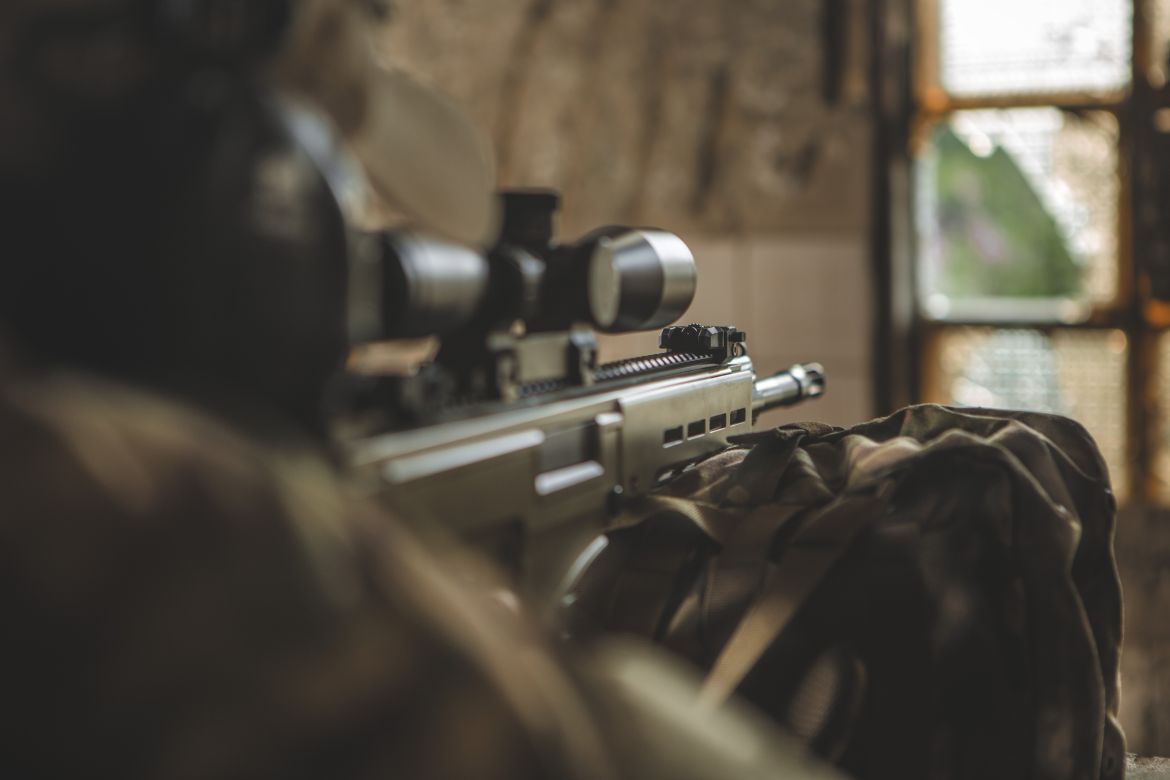
A model aims Kalashnikov’s new SVK through a window in a promotional photo. The SVK is a modern, compact sniper/marksman’s rifle based on the mechanism of the 1970s-era Dragunov MA compact assault rifle. Image source: kalashnikov.com
Another possibility is to create an entirely new weapon for the compact rifle category, or even an entirely new rifle and a new round to fire it. Firing the same round as the LRSR, perhaps the CR could be a bullpup, and thereby retain a longer barrel, or use the additional space to add a generous suppressor. This could pay serious dividends for the commanding elements of the platoon, as it would help preserve their hearing during the din of battle. Alternately, the compact rifle could fire a new round specialized for its job, in a similar manner to the M1 and M2 Carbines of World War II. While this might sound less desirable than a unified round, there are potential benefits: The chamber and barrel for the smaller, softer-shooting ammunition could be configured in a similar manner to the current-day .300 AAC Blackout – that is being compatible with both subsonic and supersonic ammunition. The idea of an alternative weapon that can fire suppressed subsonic ammunition for night operations while still being useful outside of that specialist role is certainly a very attractive one. Another point in favor of a second caliber, it seems a little curious to have almost two-thirds of the squad equipped with a round that they can’t fully utilize and that might compromise some of their other capabilities. However, this line of reasoning takes us back to square one, and outside the territory of these articles.
If commonality with these alternative weapons is too compromised by these proposals, then the CR could perhaps be just the LRSR with different attachments. Omitting the bipod and trading the powerful magnified optic for existing M68 CCOs could reduce the weight by two pounds, making the CR a pound heavier than the M4; still porky, but quite a bit better than the fully equipped LRSR. This has the benefit of retaining the same weapons for all troops in the platoon, but it’s less ideal than the other three options presented here, especially for the grenadier. It is also conceivable that an adopter of this system could follow the Marine Corps’ lead and – in the interests of even further commonality – forgo the belt-fed LRMG in favor of LRSR-based magazine-fed automatic rifles, which could even be nothing more than LRSR’s used in a slightly different way to their identical counterparts elsewhere in the platoon. Indeed, this may not be as far-fetched as it seems, as, in a presentation given at NDIA in 2015, Fort Benning released a concept for a 1,200m-capable magazine-fed squad automatic rifle with advanced optics and a reduced sound signature:
Wrapping up the section on organization brings us, finally, to the matter of tactics. One of the fundamental obstacles to a proposal like this is the necessary changes that would need to be made to the infantry’s tactical doctrine. The infantry’s mission as laid out in Army doctrine is written in very plain language:
MISSION 1-14. The mission of the SBCT Infantry company is to close with the enemy by means of fire and maneuver to destroy or capture him or to repel his assault by fire, close combat, and counterattack.
Upon reading this, I can’t help but have the immediate reaction that the long range sharpshooter concept is a bit at odds with – or at least orthogonal to – this central mission of the infantry. Therefore, we must ask “how does a sharpshooter paradigm change this doctrine, or otherwise fit within it?” For example, when equipped with such powerful – but heavy – weapons, would the infantry still be as inclined to close with the enemy, or would they instead more often opt to destroy him at distance? Would the heavier weapons and ammunition of the new paradigm substantially reduce the infantry’s combat effectiveness at close range, such that greater and greater degrees of standoff would be desired? If that were the case, would this prove to be a better or worse strategy than what exists now? If standoff proves to be very useful, how might the training and doctrine of the infantry company and platoon need to be changed to maximize its potential? Or, if the disadvantages of the sharpshooter paradigm end up being more painful than expected, how would training and doctrine need to change to mitigate them to the greatest degree? And in either case, to what degree would organization need to change to fit with the new infantry model?
Not being a tactician – nor a prophet – I cannot answer these questions. However, I think these and other related questions are fair to ask of the advocates of these kinds of systems which place a renewed emphasis on long range infantry combat. And there, finally, I think we can stop.
 Your Privacy Choices
Your Privacy Choices

